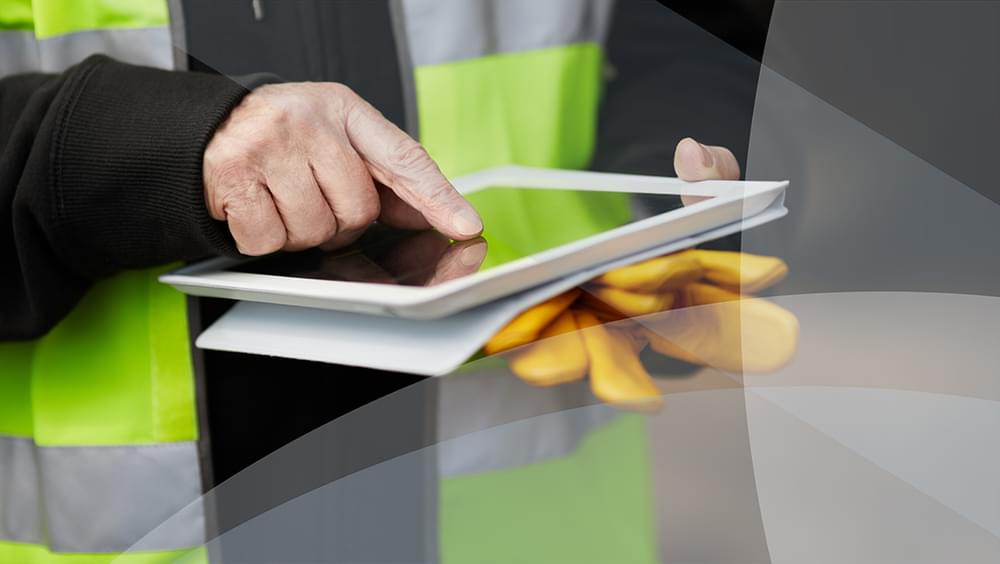Health and wellbeing is the world’s biggest social trend. Real estate is the world’s biggest asset class. Many of the most sought-after jobs today did not exist a decade ago, and most of these are in technology. So what happens when these three worlds meet?
A Market Ready for Change
While content has changed in important ways, the process for achieving green building certification has remained largely the same for three decades. Information is still collected by external experts at a particular point in time, usually the design stage. Data about building performance, particularly on-going conditions, is not readily available and the market reflects largely a business-to-business (B2B) model. To the ordinary person, the process may appear complicated and remote, with a value proposition that is not well articulated to, or understood by, the general public.
Contrast this with information about outdoor air quality that is increasingly online and free. Much of the data is collected by experts, but now it can also be generated by anyone carrying personal, low-cost environmental monitors during a typical day. Data is presented simply on a map and is easily understood and available on mobile phones. This information is influencing behaviour, as customers increasingly use this type of information in determining where they want to live.
What would happen if the new tools being used to monitor the external environment were simply brought indoors? It would be a game-changer and, in fact, it is beginning to happen. Gardiner & Theobald is already working with clients to understand the challenges and opportunities this presents.
In a world where people are increasingly aware of what they put in their body, they know relatively little about what they put their body in. The market for green buildings is underdeveloped, even though in other industries green and healthy products are thriving. It is still difficult for typical building occupants to know how and why the green buildings they are sitting in are better for them than the conventional property across the street. This will change.
New technology is enabling individuals and companies to collect and disseminate environmental information on their own, through consumer-friendly environmental monitors and mobile phones. They can measure, understand and benchmark a range of environmental criteria known to impact health and wellbeing – air quality, light and noise levels, temperature, humidity and so on. Thanks to social media, they can communicate information about a postal code to the entire world and answer a fundamental, but often unknown critical question: What’s it like in there?
One Final Question
Real estate has been called the last imperfect market in the world, but this label may soon become obsolete. Technology has and will continue to empower consumers to make better, more informed choices about places that impact them and their families.
In other consumer markets, products that promote health and wellbeing outperform conventional products by miles.
Why should buildings be any different?
To find out more about our sustainability service visit our website page.





